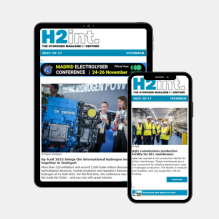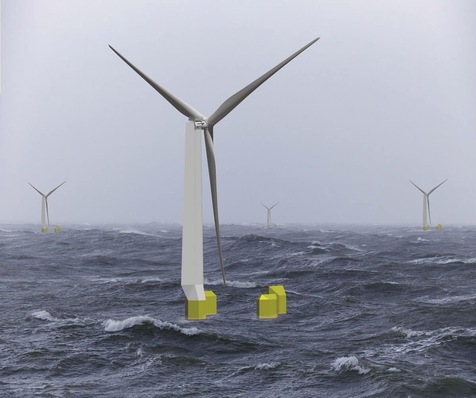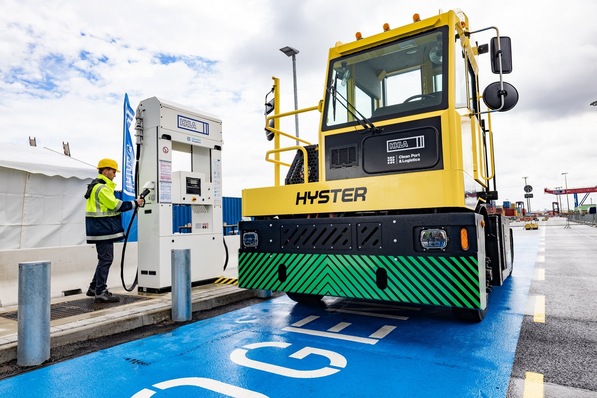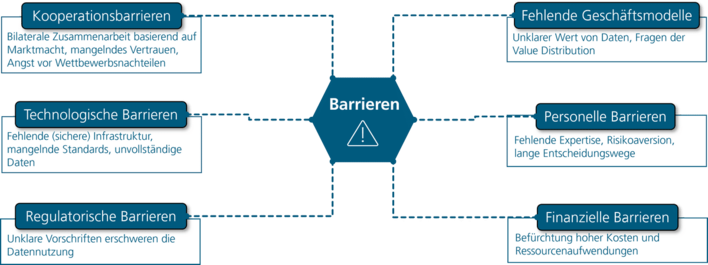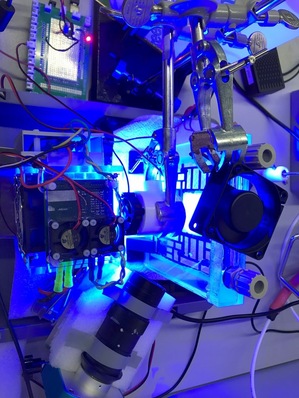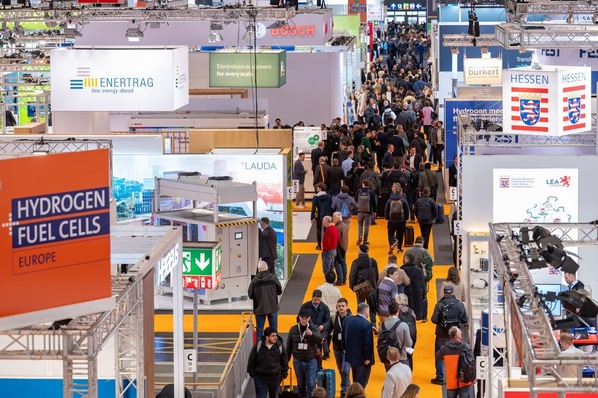The realization that we need a lot of green hydrogen very quickly, not only in Germany and Europe, but also worldwide, is becoming more and more widespread. Germany has already made the decision to phase out nuclear energy and coal. And after Putin’s attack on Ukraine, natural gas is also under examination. The plan was to make the gas grid greener and greener. Now, there is discussion about a much faster ramp-up of the hydrogen economy. Which scenarios are conceivable for this?
In a paper by the climate research institute PIK (Potsdamer Institut für Klimafolgenforschung) presented at the H2-Kompass conference in Berlin February 2022, it is shown how the market ramp-up of hydrogen electrolysis might look. The authors, Gunnar Luderer, Falko Ueckerdt and Adrian Odenweller, determined that in the short and medium term (by 2030), green hydrogen will remain scarce, because a ramp-up of the production capacities needs to first occur. In the long term, however, hydrogen and e-fuels will play a leading role in achieving climate neutrality.
Among other things, the many scientists involved in this analysis have calculated what the growth rate in the electrolyzer sector should be to achieve the EU target of 40 GW electrolysis capacity by 2030. This would require a similarly rapid market ramp-up to that which took place years ago in the photovoltaic sector. That corresponds to a 42 to 82 percent annual growth. An increase of 15 to 39 percent, the case with wind power, would not be nearly enough.
It is considered problematic that for the H2 projects announced for implementation by 2023, no final investment decision has yet been made. Even a 30 percent success rate would make no visible contribution to achieving the 2030 climate targets, since only 1 GW would be installed by 2023.
Author: Sven Geitmann


